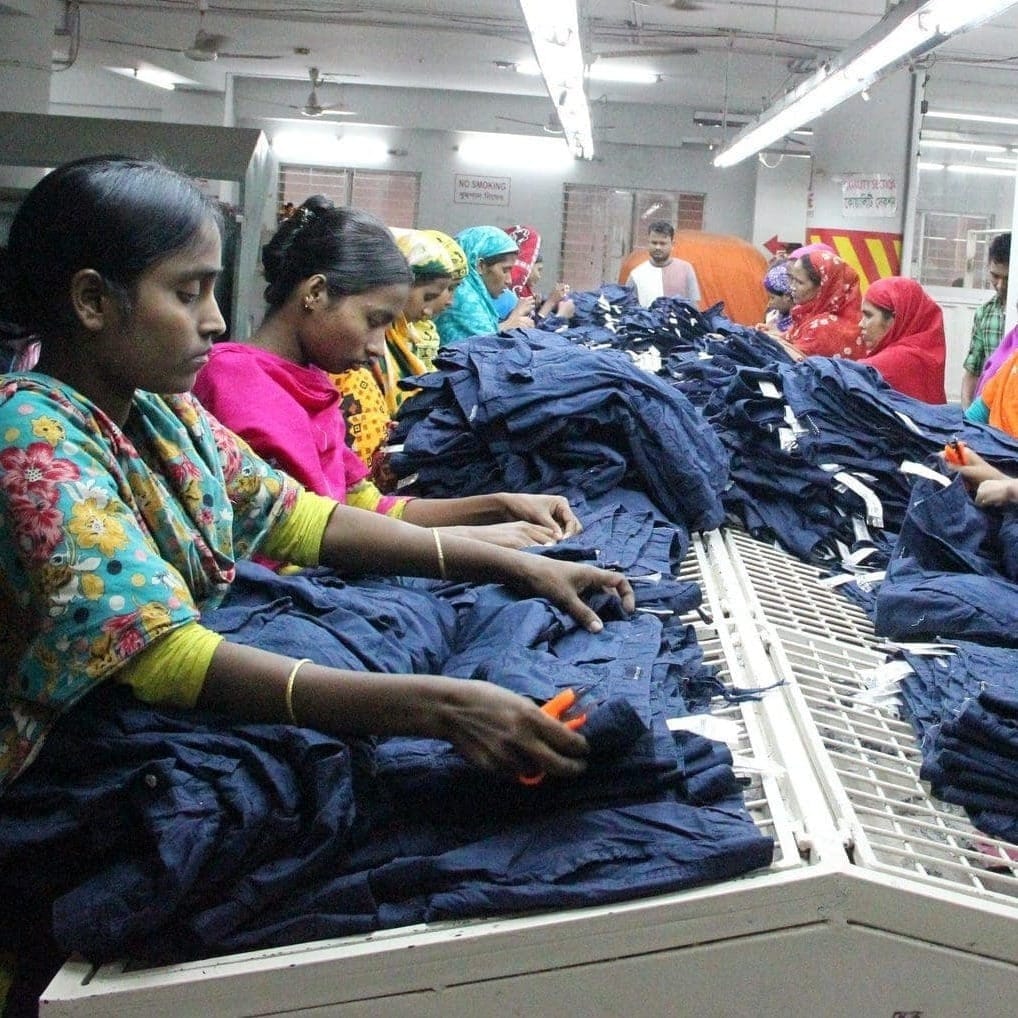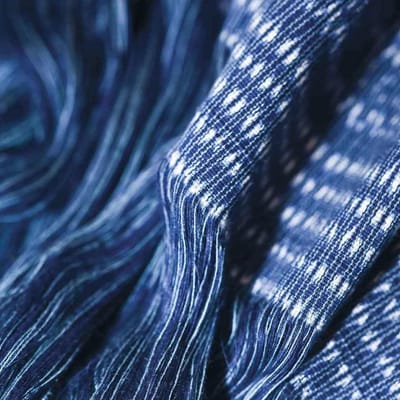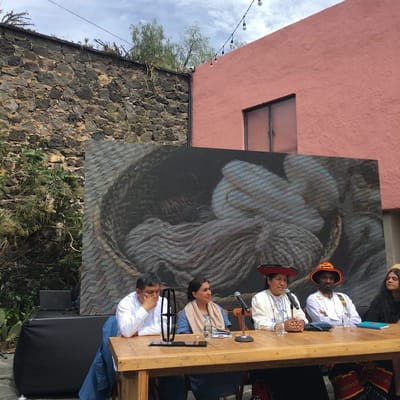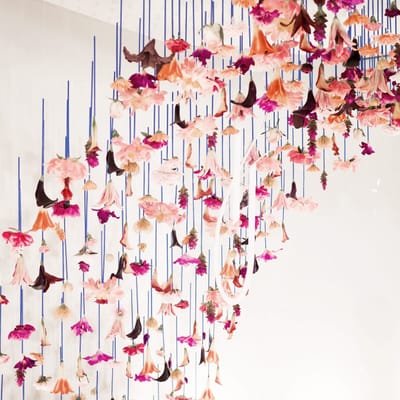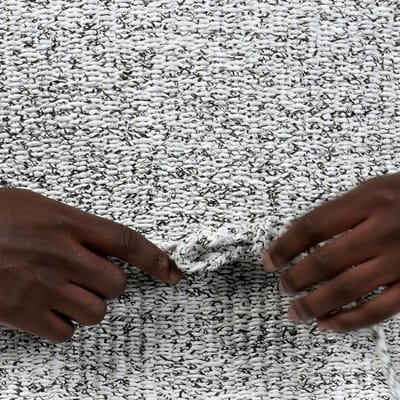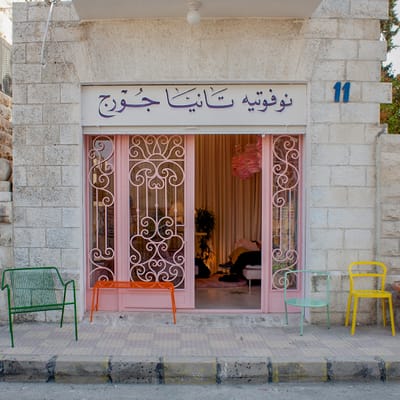On the morning of April 24th, 2013, thousands of men, women, and children were at work inside Rana Plaza, a large complex in a district northwest of Dhaka, Bangladesh. The building, which housed a number of garment factories, collapsed shortly before 9 a.m., burying workers under an eight-story avalanche of industrial wreckage. Emergency workers and volunteers – often times the family members of those trapped under the debris – pulled the dead and the injured from the rubble, one by one, for weeks.
When the search was called off, Bangladeshis took the measure of what had happened to them: Over 1,130 people were dead – and at least twice that number had been injured. It was the deadliest garment-factory accident in history. The deadliest accidental structural collapse in history. But even as the world expressed its shock at the severity of Bangladesh's loss, it could not credibly express its surprise. The Rana Plaza collapse was just one in a series of high-profile accidents and bad practices within a "fast fashion" industry that sometimes risks human lives as it attempts to keep pace with global consumption.
Formed in the aftermath of the accident, Fashion Revolution campaigns to change the underlying conditions which can lead to Rana Plaza-style disasters. The group has galvanized worldwide support for asking companies to improve transparency in their supply chains, for asking countries to improve and enforce building and fire safety standards and, critically, for asking consumers to consider the conditions of the people who make their clothes.
As the third anniversary of the Rana Plaza collapse approaches, THE KINDCRAFT spoke with Nawshin Khair, Fashion Revolution's coordinator for Bangladesh, to get an update on what's been done so far to improve conditions there – and to hear what work is still needed to ensure that a disaster of that scale never happens again.
Nawshin Khair works with the Bengal Foundation, the Bengal Art Lounge, and is the editor of ICE Today and ICE Business Times. She is also the Creative Director of Aranya and the founder of the Trace My Fashion organization.
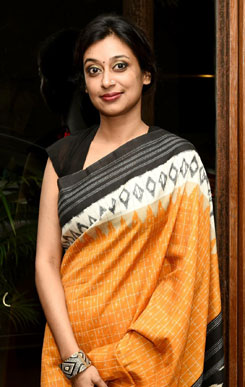
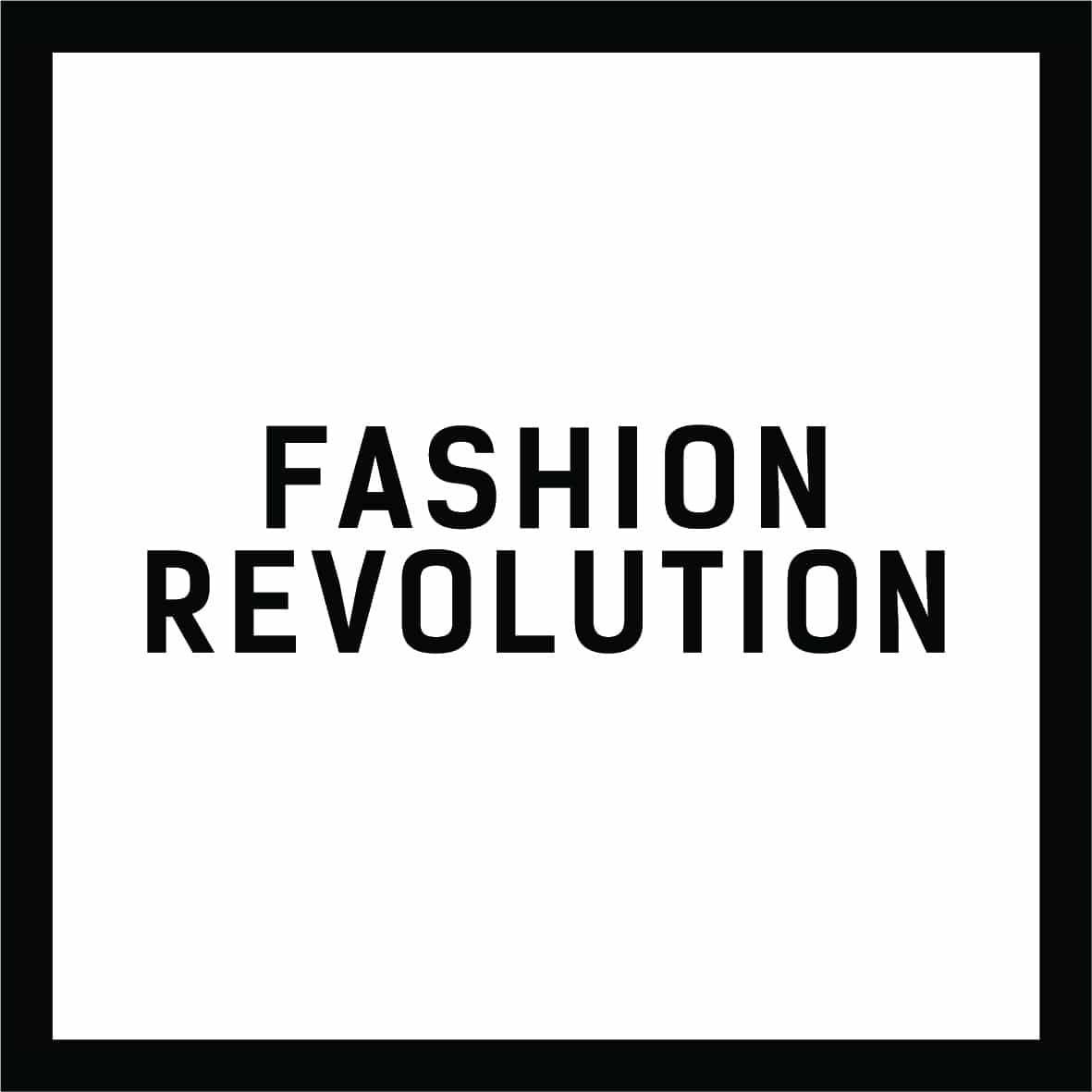
THE KINDCRAFT
How did you get involved with Fashion Revolution?
Nawshin Khair
I got involved with Fashion Revolution a little over a year ago. I was already working with fair trade organizations and practicing ethical and sustainable approaches within the fashion industry and I wanted to support the mission of Fashion Revolution.
THE KINDCRAFT
What did you experience on the day that Rana Plaza fell?
Nawshin Khair
I remember the horror and panic that everyone grappled with that day. It was a shock to everyone! It was all over social media. People from all over Bangladesh went to help the survivors of Rana Plaza. I organized the collection of medical supplies, formed groups to support the volunteer movement, and supported [the efforts] monetarily.
In Bangladesh, we were all very devastated.
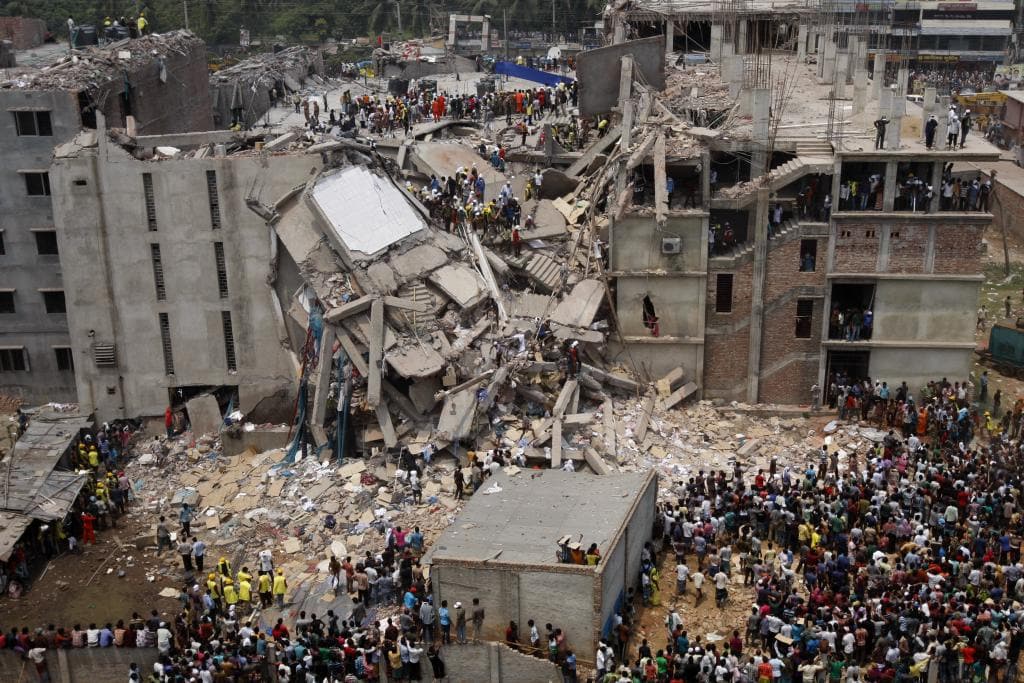
THE KINDCRAFT
In your opinion, have the big brands made meaningful changes since the disaster?
Nawshin Khair
Factory owners aren't well-organized to do damage control, except maybe the top tiered factories. Many are looking to invest or convert to green factories. The brands and the aid are focusing on CSR missions, a shift to more efficient and productive solutions. The social entrepreneurs are also focused on bringing solutions. Many of their projects have been tested with the support of the buyers and organizations.
The prices offered [to local factory owners] by the buyers have been declining continually. The factory owners think a better offer by the buyers will justify and allow them to secure the required investments for the changes needed. They're also reluctant to invest because they lack proper guidance and support from the government.
THE KINDCRAFT
Has anything improved in the lives of garment workers in Bangladesh over the last 3 years?
Nawshin Khair
I will not say that the overall state has changed much. The workplace may have become a little safer due to Accord and Alliance’s enforcement of safety standards, but there are still many factories unaccounted for. The workers are still deprived of a better living standard.
Holistic and healthy solutions are needed to address the challenges of workers welfare, which includes better financial services and affordable solutions to upgrade their lifestyles. I know many individuals and organizations that are making contributions to improve the scenario.
World Bank’s NAARI Project just finished building a training center, which will teach students technical, soft, organizational and social skills amongst others to prepare skilled workers for the RMG (Ready Made Garment) sector. The Bangladesh Bank has given investors loans at 5 percent to invest on green factories. Many are looking into various innovative solutions to improve efficiencies of the factories.
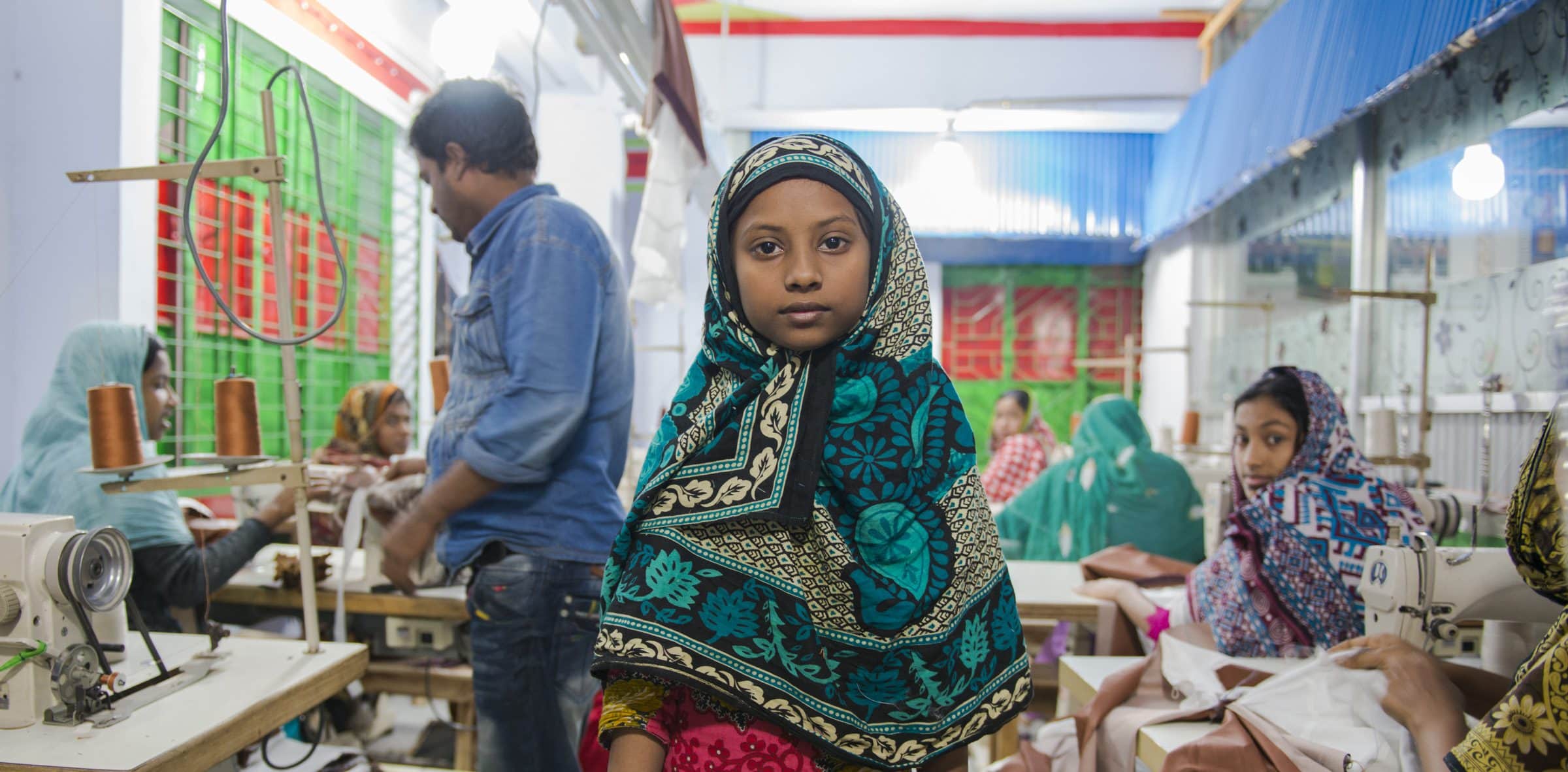
THE KINDCRAFT
What are the current challenges?
Nawshin Khair
Bangladesh is targeting $50 billion in revenue from the RMG sector by 2020, so there will be an expansion and maturing of this industry within the next 5 years. If the policy makers, buyers, producers, and investors don’t carefully plan the expansion process, we will surely see more mayhem in the near future.
There are plans to construct RMG industrial parks on hundreds of acres of land, which will house hundreds of factories. We have to ensure that there is a systematic plan to ensure all workers' basic needs have been considered while designing these parks.
THE KINDCRAFT
Is there a difference in the conditions at factories making product for the domestic market versus export factories?
Nawshin Khair
The entire country wears the excess and rejects of the existing orders from many RMG factories. Otherwise, many locals choose to wear local traditional fashion wear sourced from designers and the cottage industries with in Bangladesh, India, and Pakistan. So when we refer to RMG sector, we mean all listed factories that are entitled to export – but there are many who are not listed and are subfactories who normally fall through the cracks. The domestic market is still holding to handloom and handicraft tradition.
THE KINDCRAFT
In your conversations with Dhaka-based garment workers and industry professionals, what do you hear them saying the most?
Nawshin Khair
The industry owners want buyers to stop hustling for cheap bargains. Recently, there has been a study which states a steady decline of 40 percent on prices offered by buyers to the producers over the last 10 years. In order to tackle and negotiate a better deal, Bangladeshi stake holders will have to form a strong alliance and come up with structured and unified pricing policy with in the industry for production and shift to more value added products for better pricing. Otherwise, they will continue the unhealthy distribution of wealth within the sector.
The workers do not have to say anything: It is very evident that their standard of living is very poor and marginalized, with no or little opportunity to reap the benefits of their hard-earned money. A planned and structured system within the given limitations needs to be executed in a planned manner to achieve better conditions for workers.
This is not the responsibly of the factory owners alone. Every stakeholder including owners, buyers, government, and NGOs should ensure that the right standards are being met. Workers often complain of hardship due to low wages, shortage of transportation, poor housing, lack of healthcare service, and long working hours. In most cases, they often work to support members of their family.
The midlevel workers, designers, and executives are also working long and hard hours without any proper incentives and packages. There is no methodical approach to skill-development within the whole infrastructure.
THE KINDCRAFT
Do you think that initiatives such as Fashion Revolution Day and 'The True Cost' documentary have created awareness in the global consumer?
Nawshin Khair
The awareness campaign definitely reached conscious consumers and the larger world appalled by the Rana Plaza tragedy. The media coverage of the disaster was huge and there was an outpouring of reaction to the tragedy. Consumers now know that there is something very wrong in the fashion supply chain. They will always feel skeptical. But unless the consumer behavior shifts away from fast fashion towards more ethical fashion – or if fast fashion brands won’t compromise and adapt ethical practices – nothing will improve.
THE KINDCRAFT
Which companies - large and small - are creating attractive fair trade products and slow fashion in Bangladesh?
Nawshin Khair
It is always good to support those who are making the difference. Local and international brands and NGOs are leading in the way in ethical and sustainable approaches to apparel manufacturing.
This is especially true for the handicraft sector. Local brands and designers like Aarong, Aranya, Bibi Russell, Maheen Khan, Kumudini, Parabartana, Jatra, Newmarket, Living Blue, Friendship Bangladesh, and Tripty are doing well making in fair trade and slow-made products. NGO’s and social entrepreneurs in Bangladesh like Source, CARE, and Torongo also promise ethical trade.
THE KINDCRAFT
Are traditional arts like weaving and embroidery still happening in village settings in Bangladesh? Is it possible for brands to partner with artisans in an ethical way?
Nawshin Khair
Bangladesh is popular for handicraft and handloom textiles. Even though the impact of the industrial shift has hit the artisan’s community hard, all is not lost. With proper planning, training, knowledge transfer–and with a strict fair trade model–it is possible to scale the processes to brands who want to work with artisans and add value to their products.
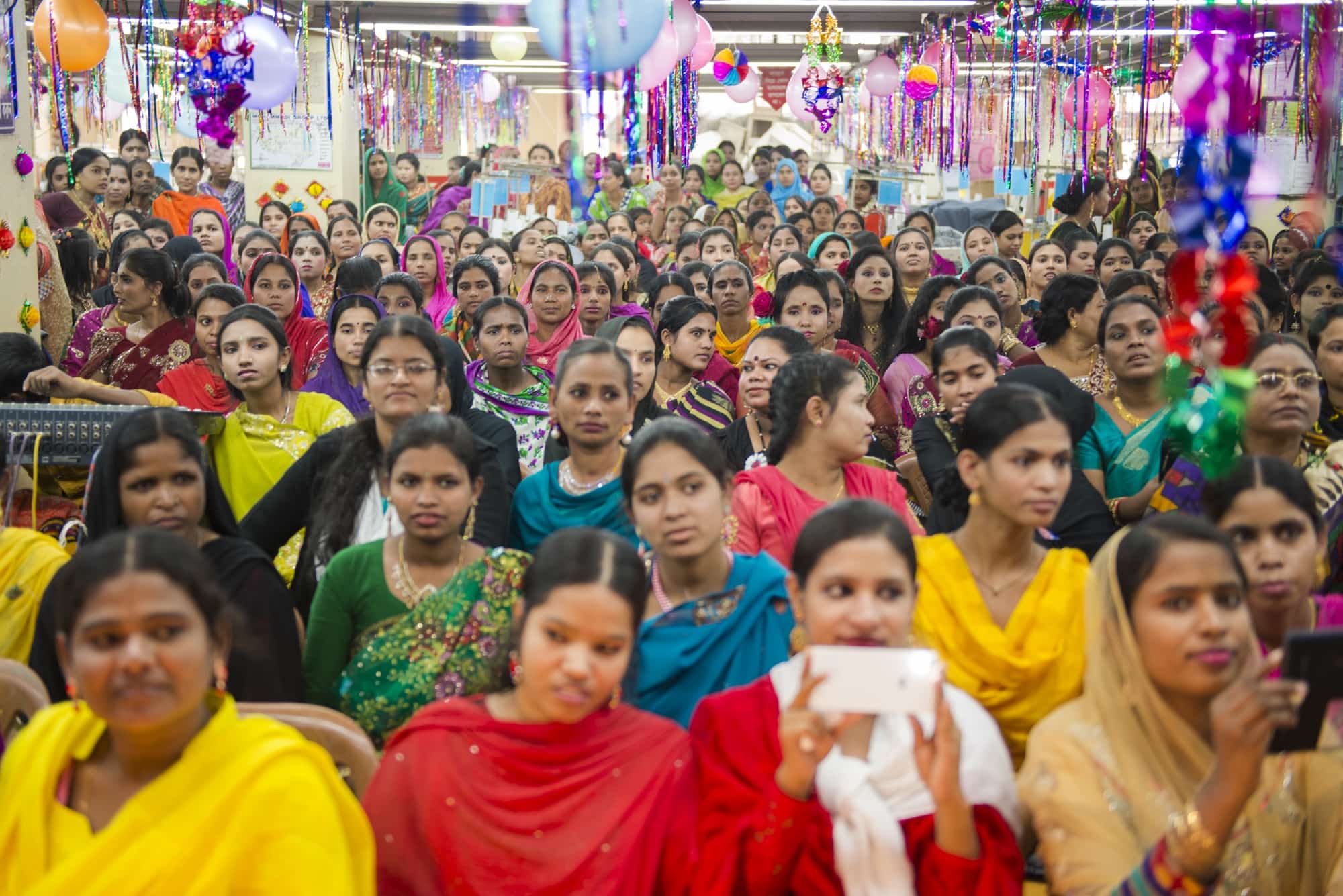
THE KINDCRAFT
Tell us what events you have planned for Fashion Revolution Day 2016.
Nawshin Khair
Fashion Revolution Bangladesh has partnered with the Nordic embassies (Denmark, Norway and Sweden), Bengal Art Lounge, Shako, and Meena to organize a fundraising exhibition with the artwork by Rana Plaza victims. This is an ongoing project to empower and rehabilitate the traumatized and effected survivors. Fashion Revolution Bangladesh has also partnered with Humans of Dhaka to investigate the conditions of workers and to publish series of #imadeyourclothes photo stories, and we've also partnered on a photo story with Lensational. We’re also planning to screen three documentaries including 'The True Cost' and to feature few green factories on Trace My Fashion.
THE KINDCRAFT
What is the number one reason that you think we need a Fashion Revolution?
Nawshin Khair
We need a Fashion Revolution to reform and rectify the ways fashion industry works so that it does not harm the environment and add to climate change – and especially so that people at the bottom of the supply chain are given the chance to live with dignity and aren't being abused or mistreated.

